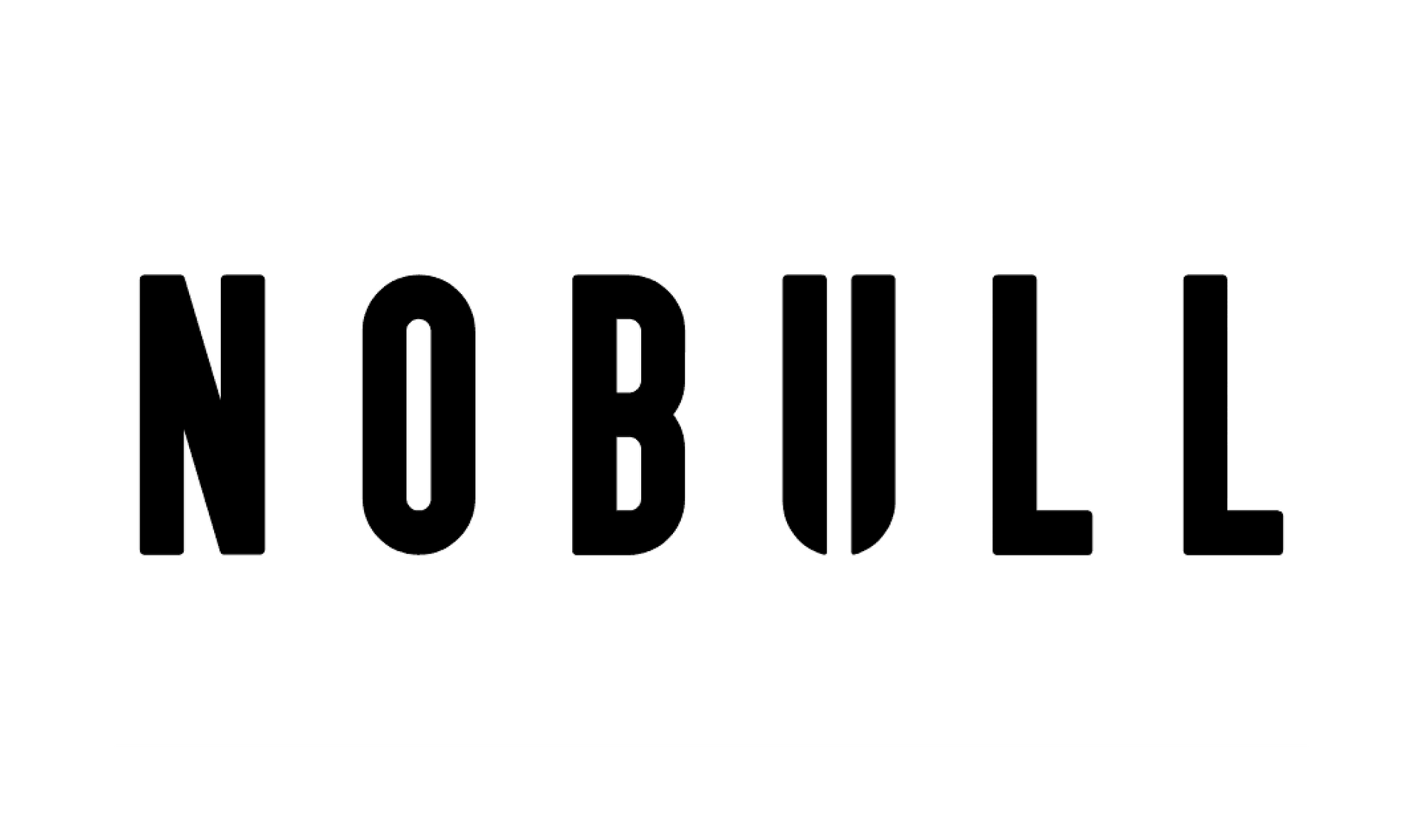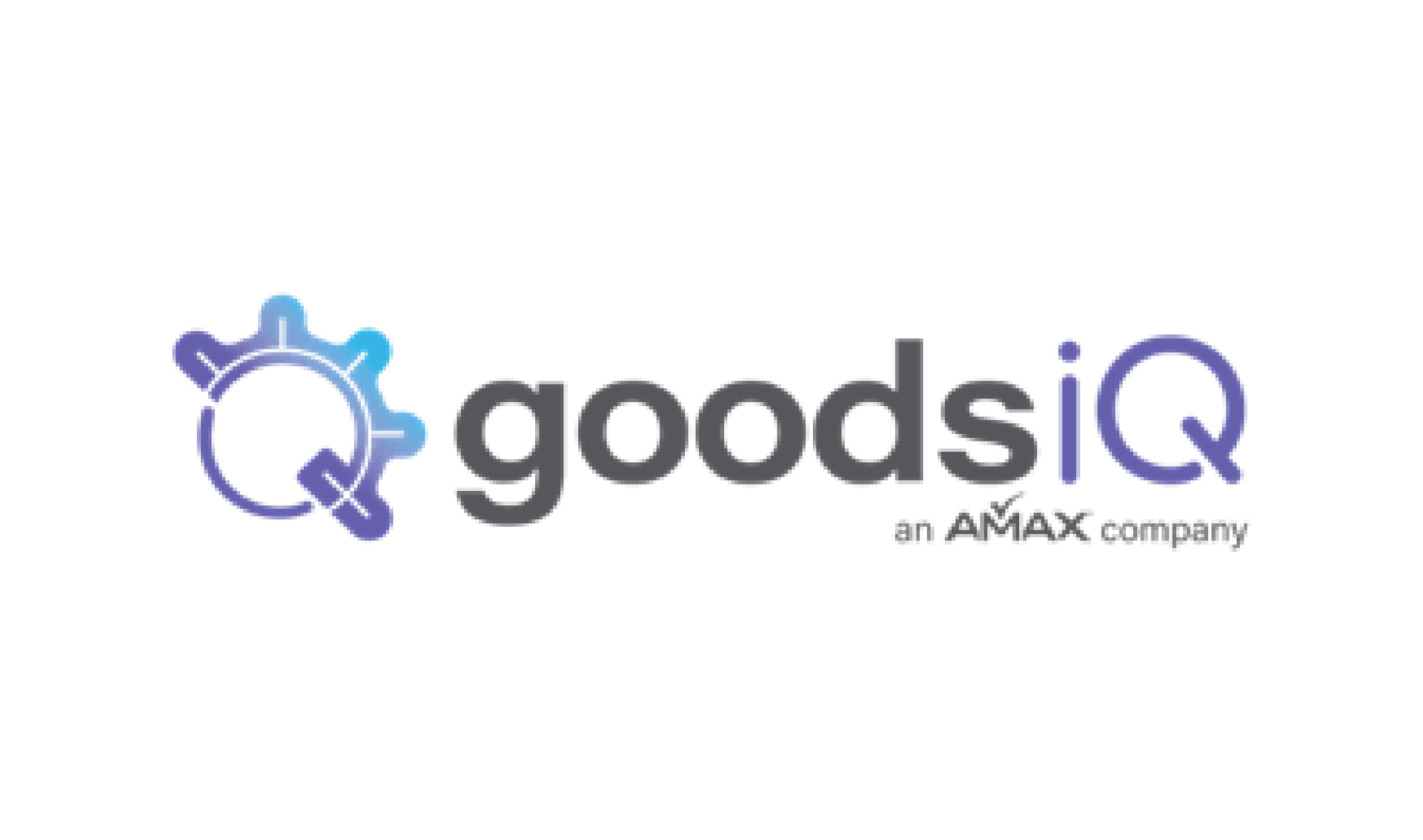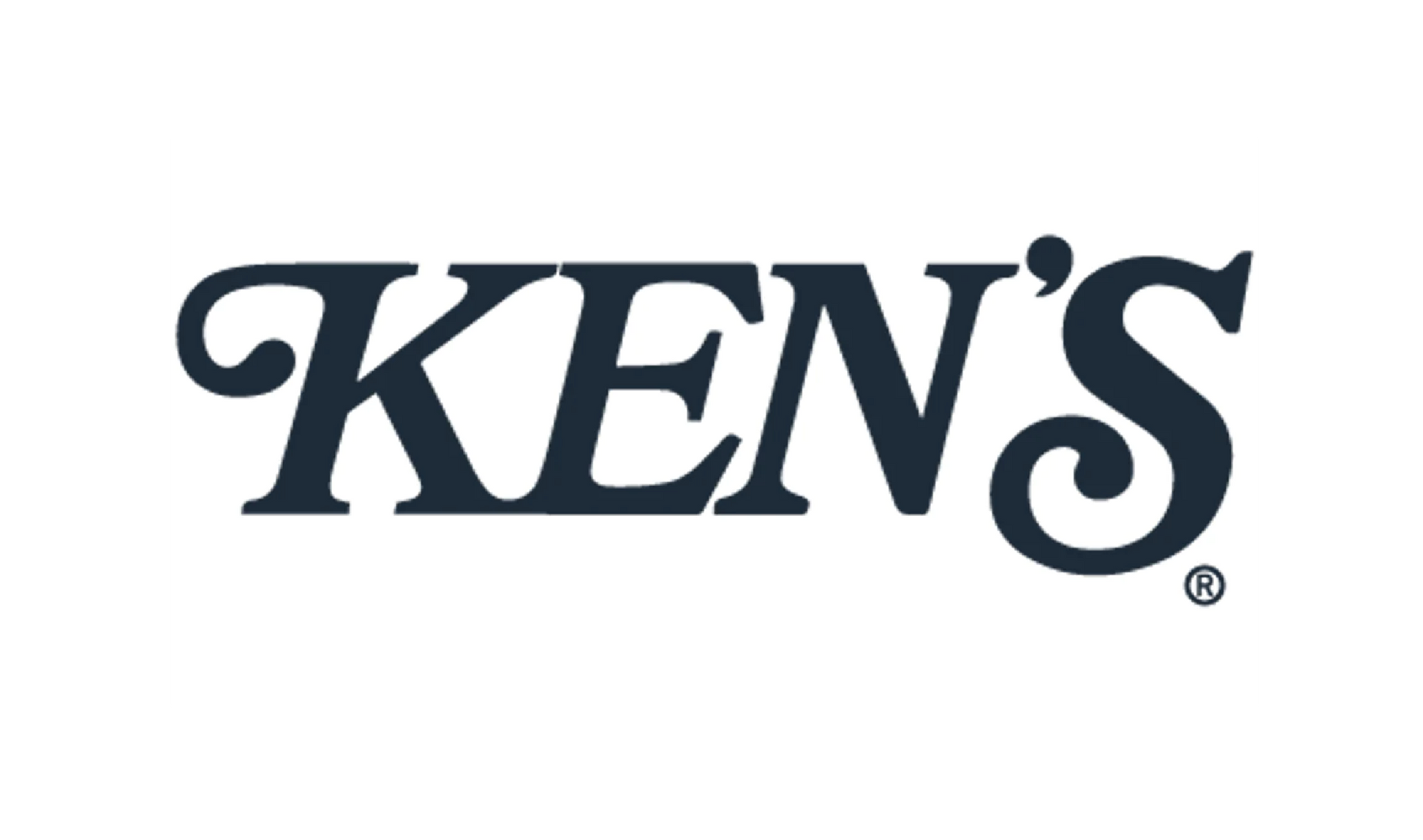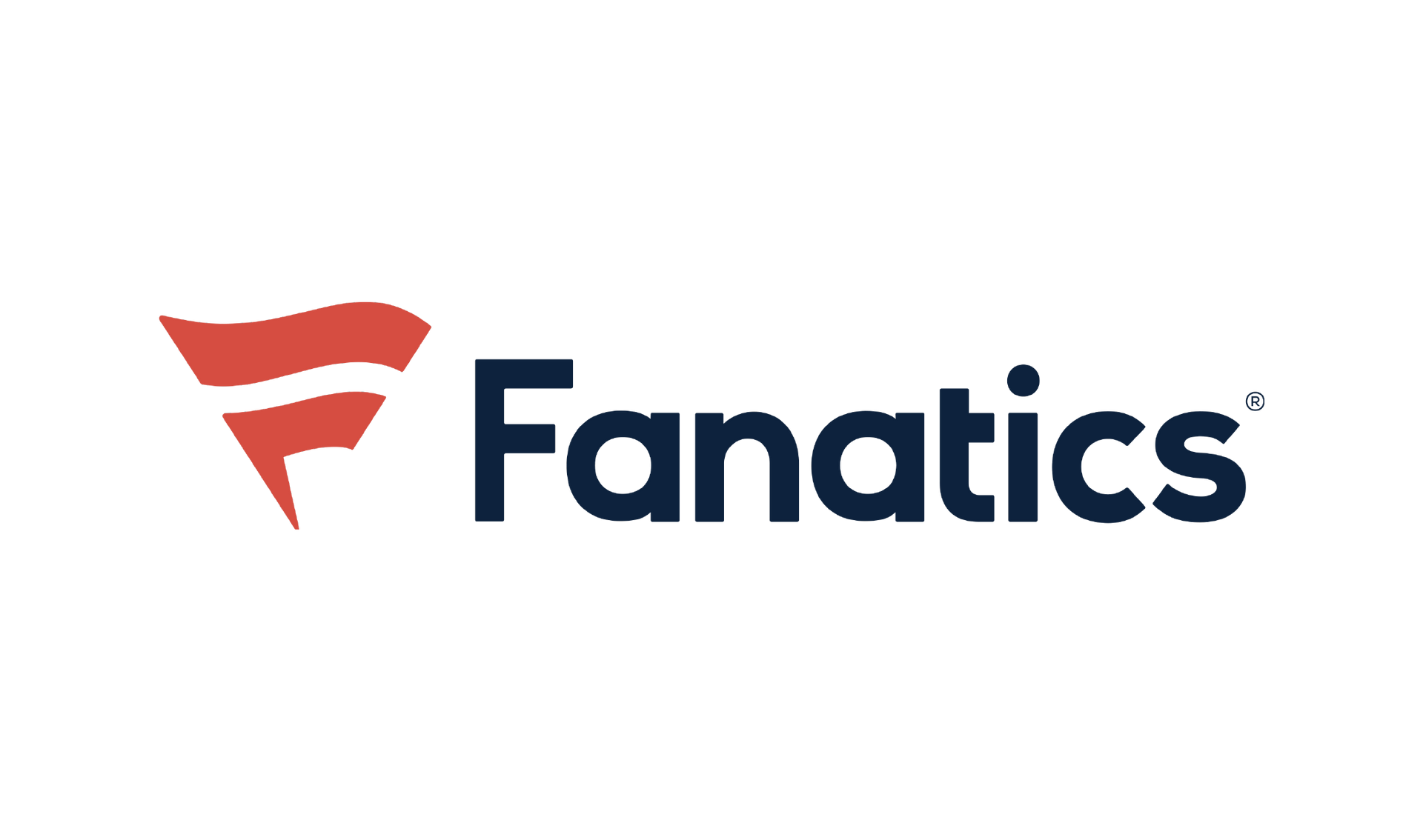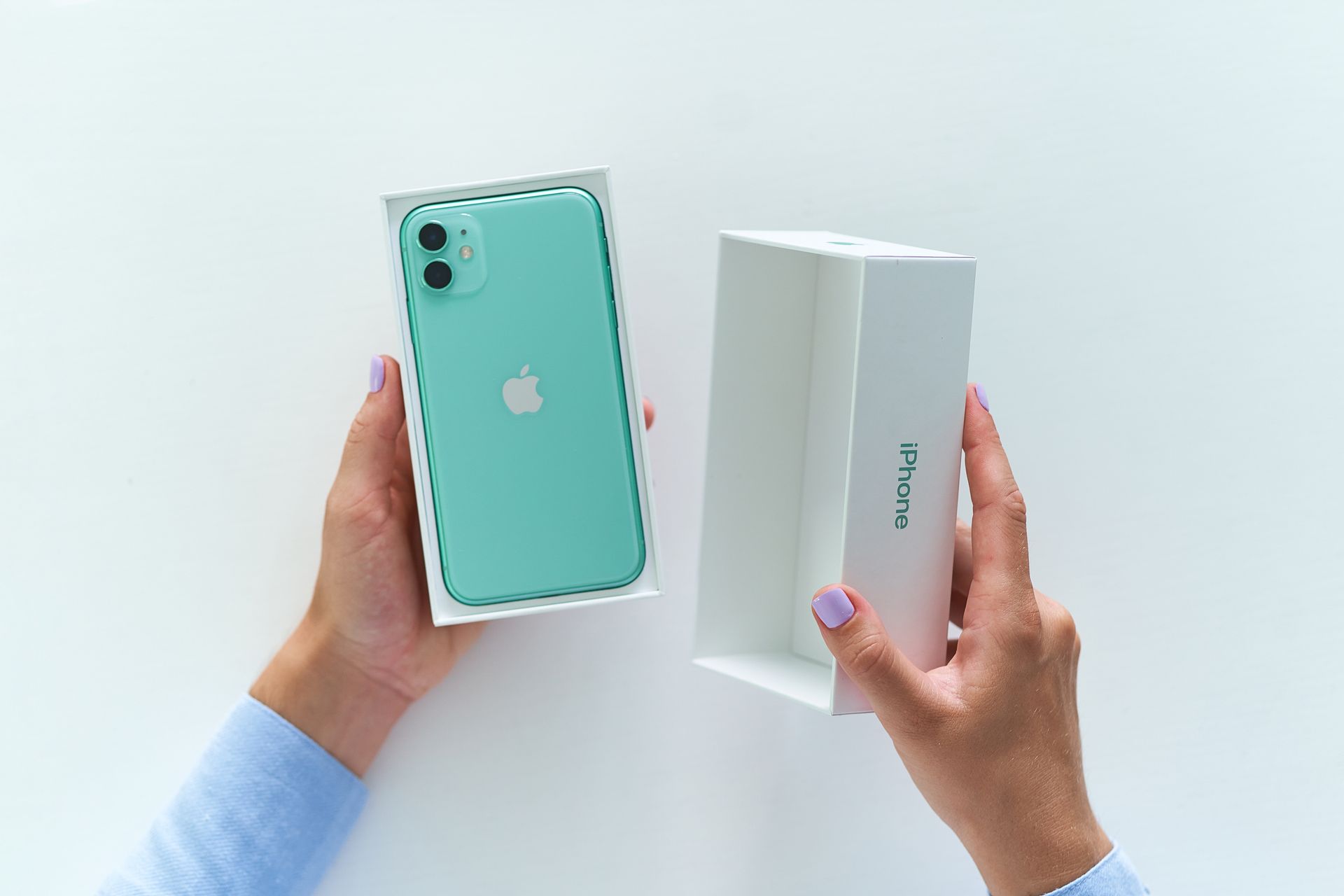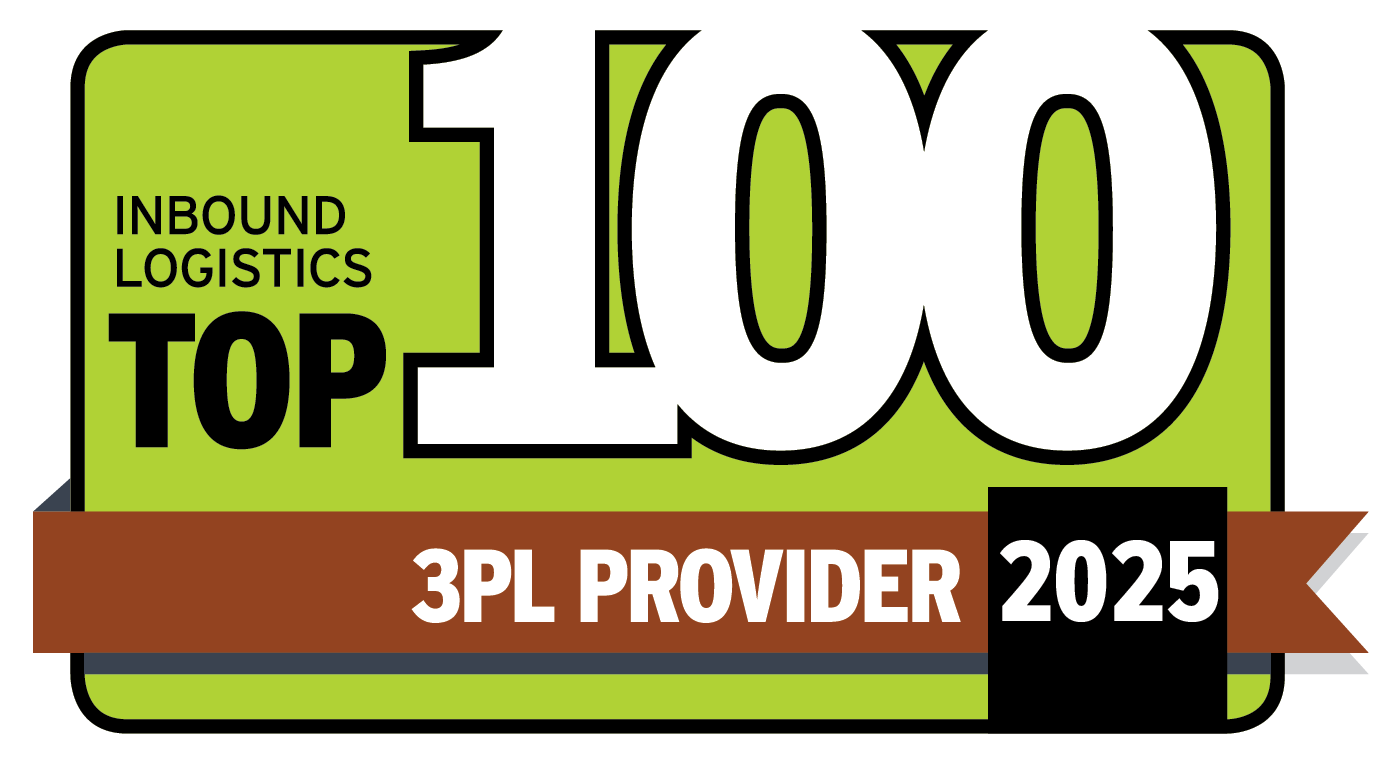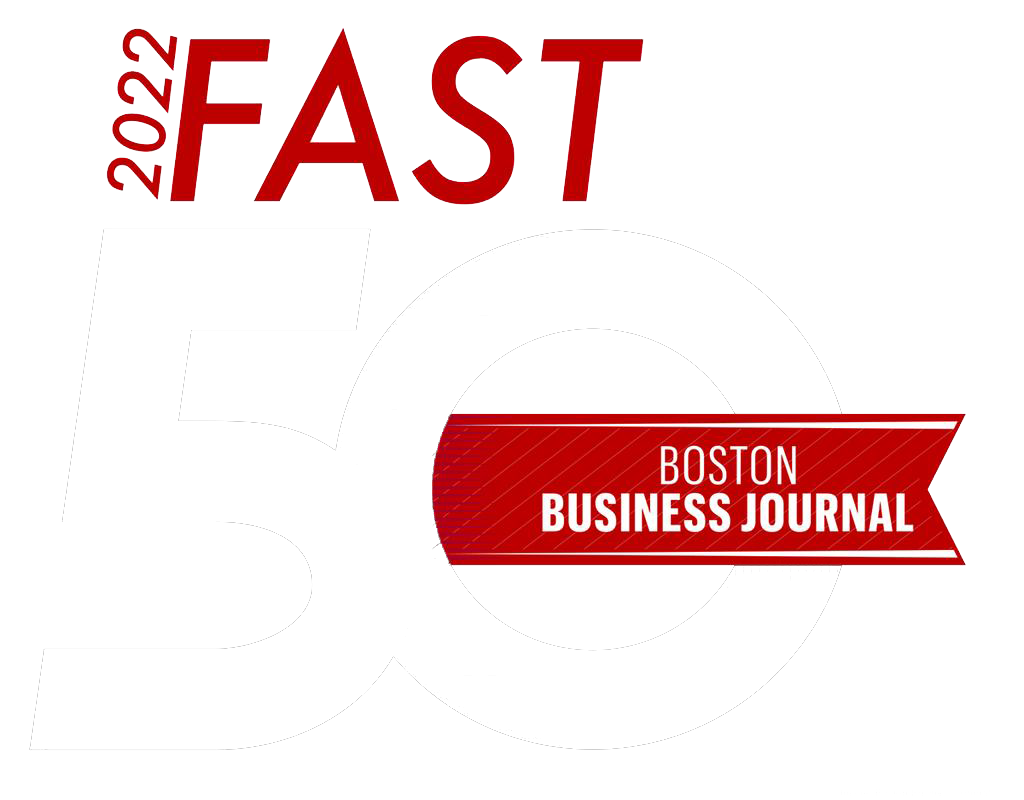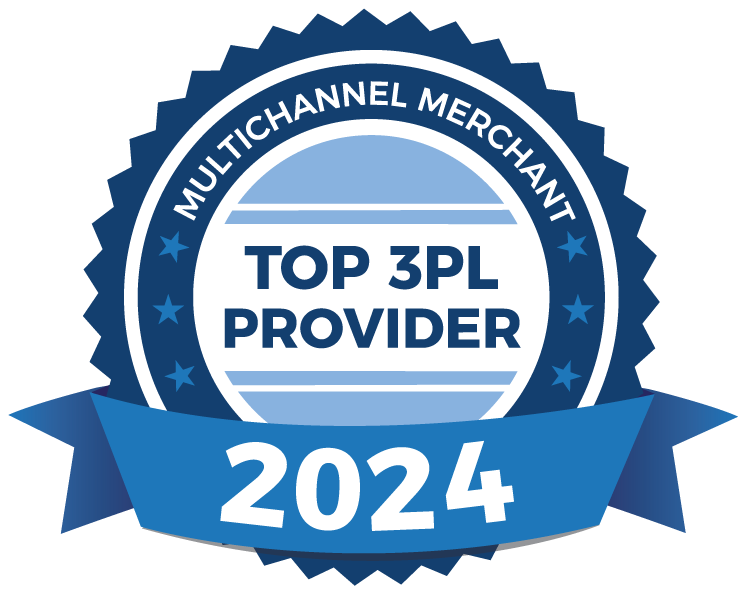
DRIVEN BY RELIABILITY
Online Shopping Supply Chain Management
Barrett has the experience, technology, and expertise to accurately and quickly fulfill your customers' orders.
SUPPORT THAT DELIVERS
DTC eCommerce and Omnichannel Fulfillment Services
Major Investments in Technology
Invested millions in
Programming and Material Handling Technology
------
Optimized Warehouse Management System (WMS) workflows to support Direct-to-Consumer Sales, Drop Shipping, and Omni-Channel Retail
Leading in Fulfillment Technology
Barrett is at the forefront of new fulfillment tech and efficient processes.
------
Supports customers transitioning to B2C (direct-to-consumer) sales channels.
Technical core-competency in Omnichannel Fulfillment Services
B2C Capabilities
Item • Inner • Piece • Lot • UPC • Serial Number • Each-level Pick & Pack
B2B Capabilities
Inner • Piece • Case • Pallet Order Processing to Mass Retailers • All Within the Same Operational Account • Real-time Accuracy and Reporting to Customers
FULFILLMENT MADE SIMPLE
Supporting Amazon with Barrett Fulfillment Services
Barrett is an
approved Amazon Vendor Central trading partner to support our customers that utilize a mix of Amazon sales channels, including:
- Fulfilled By Amazon (FBA) weekly replenishment
- Marketplace Drop Shipping
- Seller Fulfilled Prime
We provide our customers with Amazon related fulfillment and distribution support, processing
thousands of Amazon related orders each month throughout our shared and dedicated warehouse network.
Industries We Serve
HEALTH & WELLNESS
Write a short description.
APPAREL & FOOTWEAR
Write a short description.
BEAUTY & SKINCARE
Write a short description.
CONSUMER ELECTRONICS
Write a short description.
